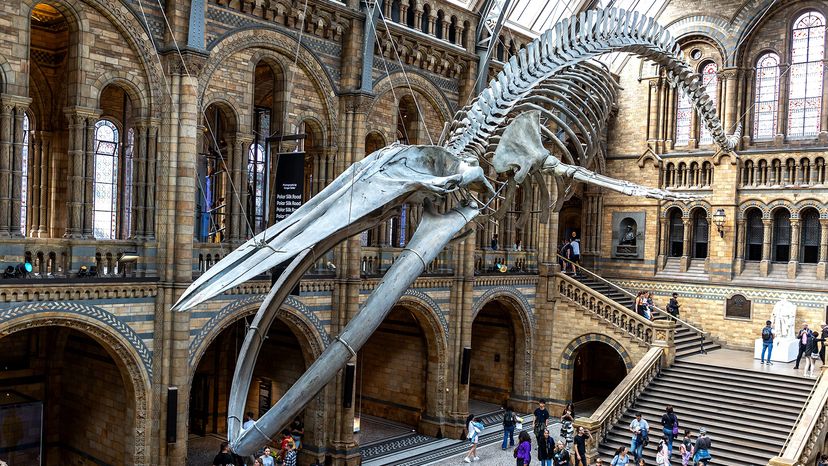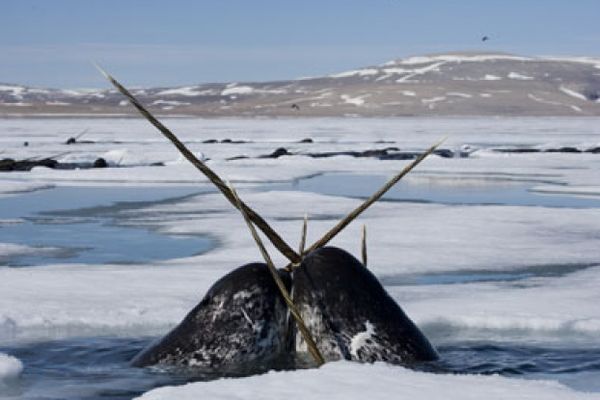The largest animal in the world, is the blue whale (Balaenoptera musculus). Mature blue whales can measure anywhere from 75 to 100 feet (22.8 to 30.5 meters) from head to tail, and can weigh as much as 150 tons (136 metric tonnes).
That's as long as an 8- to 10-story building and as heavy as about 112 adult male giraffes!
These days, most adult blue whales are only 75 to 80 feet (22.8 to 24.4 meters) long; whalers hunted down most of the super giants. Female blue whales generally weigh more than the males. The largest blue whale to date is a female that weighed 389,760 pounds (176,792 kg).
A blue whale's head is so wide that an entire professional football team — about 50 people — could stand on its tongue. Its heart is as big as a small car, and its arteries are wide enough that you could climb through them.
Blue Whales Start Large, Get Even Larger
Even baby blue whales dwarf most animals. At birth, a blue whale calf is about 25 ft (7.6 meters) long and weighs more than an elephant.
And they grow up fast: During the first 7 months of its life, a blue whale drinks approximately 100 gallons (379 liters) of its mother's milk per day, putting on as much as 200 lbs (91 kg) every 24 hours. As filter feeders, adult blues whale can eat more than 4 tons (3.6 metric tonnes) of krill, a tiny shrimp-like creature, every day.


